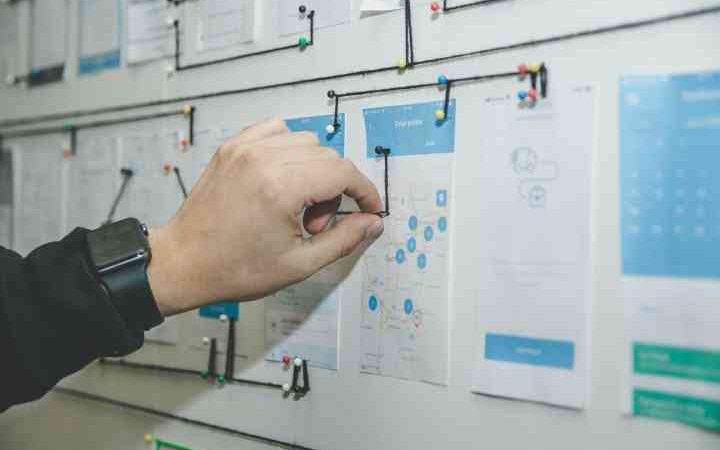Direct Liquid Cooling Begins To Expand In Data Centers

Most data centers still use traditional air cooling systems, but different liquid cooling technologies are gradually expanding, offering superior performance. Most are part of what experts consider direct liquid cooling (DLC), a technology that a sixth of operators are already using and that will expand its presence with the increase in density and power in the installations.
Data centers face significant challenges in cooling server rooms, primarily due to the facilities’ increased power and energy density. For many experts, the solution lies in the different liquid cooling technologies, including direct liquid cooling (DLC), which dissipates heat through a liquid that comes into contact with thermal transfer devices or by immersing the equipment in the fluid.
This cooling approach is much more powerful and efficient than air cooling. Still, until relatively recently, it has been used primarily on some high-performance computing (HPC) platforms, where IT density is much higher than conventional. And there are only a few examples of data center operators that have applied this technology at scale, such as OVH Cloud.
According to a survey conducted by the Uptime Institute in the first quarter of 2022, one in six operators is already using DLC . Still, experts anticipate this technology will expand, gradually replacing other cooling systems in many data centers. They have found that the liquid cooling market is beginning to concentrate on DLC solutions in anticipation of future demand. There are now many more options available than a few years ago.
On the one hand, applications that require high-density IT, such as high-performance technical computing, big data analytics, or deep neural networks, are expanding. In addition, operators are under increasing pressure to increase their efficiency and reduce their energy consumption and environmental impact. According to experts, this will speed up the transition from air cooling to liquid cooling, especially DLC.
Although the Uptime Institute researchers believe that the main driver of this change will be the evolution of IT infrastructures in data centers towards higher computing density, the new server processors are more powerful and run hotter, so they will require much more efficient solutions to continue increasing computing capacity without skyrocketing consumption. Therefore, experts anticipate that air cooling will become impractical by the middle of this decade, and DLC may be the best alternative.
But while the arguments for the move to DLC cooling seem strong, this transition involves several technical and business challenges that cannot be ignored. The first problem is the lack of standardization on DLC systems, an area where there are no standards when it comes to coolants or the mechanical systems used to move them through piping circuits. Organizations like the Open Compute Project and big companies like Intel are already working on this problem. However, they are still years away from developing standardized DLC products that can reach the mass market.
Meanwhile, data center operators will opt for the solutions that suit them best in terms of performance, cost, and ease of implementation. Manufacturers of these systems have come a long way in this field and now offer solutions that are easier to install and operate. Although reasonable standards for the industry are being developed, they must resolve logical doubts about issues such as performance metrics, among others.
Currently, analysts at the Uptime Institute recognize six categories of commercial DLC systems, although they believe that more will emerge in the future. These are cold water plates, single phase dielectric cold plates, two-phase dielectric cold plates, chassis immersion, single phase immersion, and two-phase immersion. There are currently more than a dozen specialty providers, usually focusing on one of these categories.
For their part, as the results of this survey indicate, most companies are open to switching to DLC and plan significant adoption of this technology in the coming years. But at the moment, many are unclear about which option they will choose or if they will take different forms of DLC, and this generates some uncertainty about the behavior of the DLC system market in the future.






